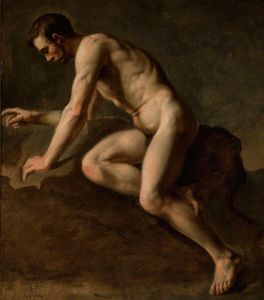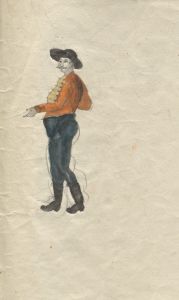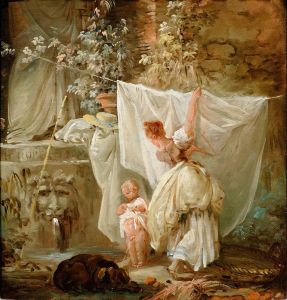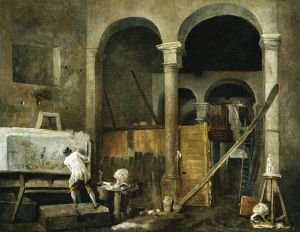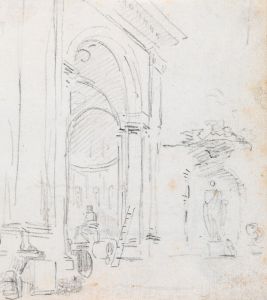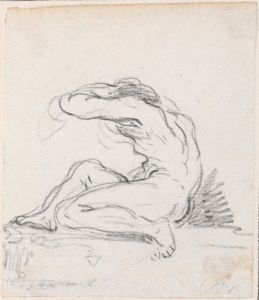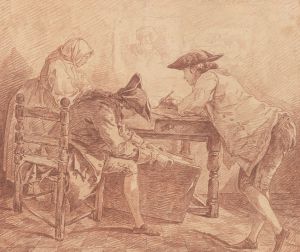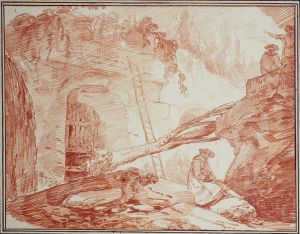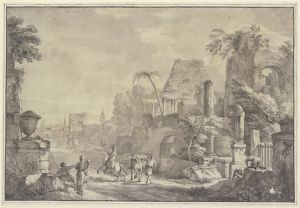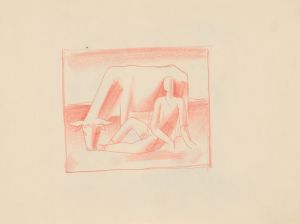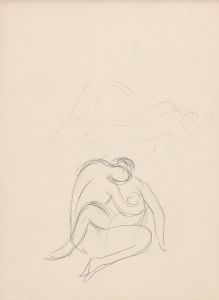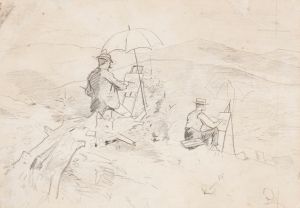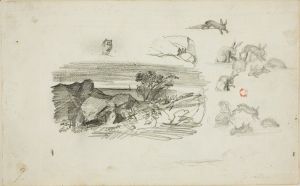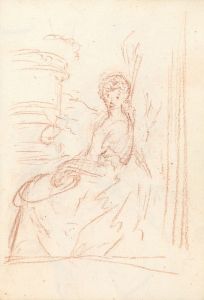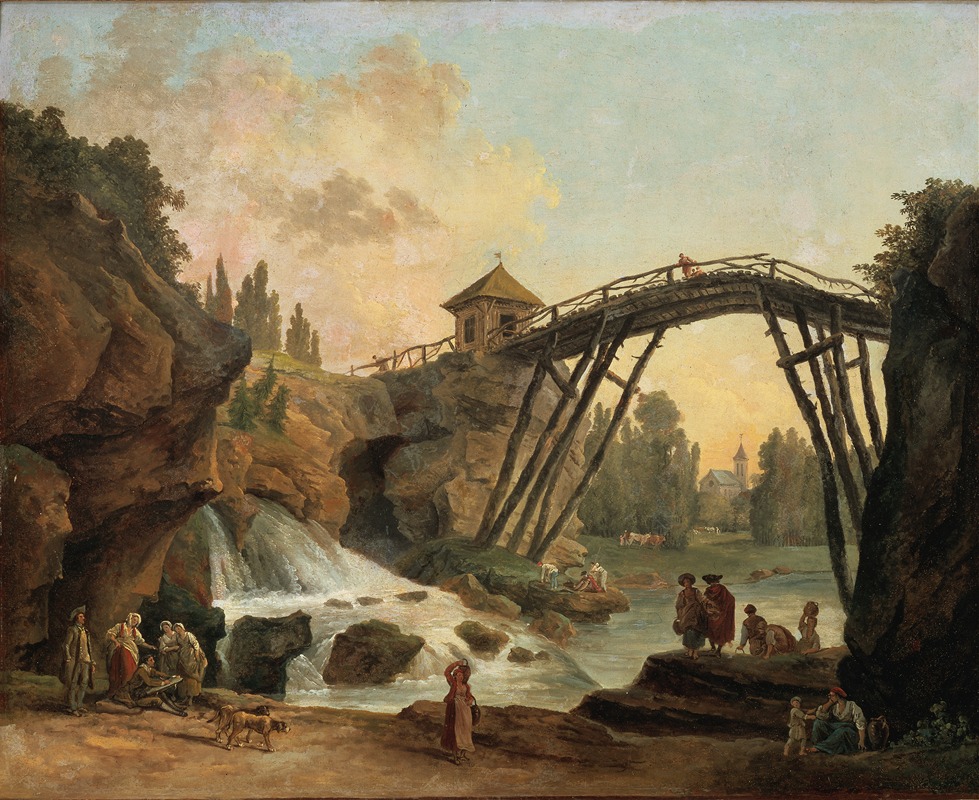
Draughtsman Drawing the Wooden Bridge in the Park of Méréville
A hand-painted replica of Hubert Robert’s masterpiece Draughtsman Drawing the Wooden Bridge in the Park of Méréville, meticulously crafted by professional artists to capture the true essence of the original. Each piece is created with museum-quality canvas and rare mineral pigments, carefully painted by experienced artists with delicate brushstrokes and rich, layered colors to perfectly recreate the texture of the original artwork. Unlike machine-printed reproductions, this hand-painted version brings the painting to life, infused with the artist’s emotions and skill in every stroke. Whether for personal collection or home decoration, it instantly elevates the artistic atmosphere of any space.
"Draughtsman Drawing the Wooden Bridge in the Park of Méréville" is an artwork by the renowned French painter Hubert Robert, who was active during the 18th century. Hubert Robert, born in 1733 and passing in 1808, was a prominent figure in the world of landscape painting and is often associated with the genre of capriccio, which combines architectural elements with imaginative landscapes. His works are characterized by their romantic and picturesque qualities, often depicting ruins and idyllic scenes.
This particular painting, "Draughtsman Drawing the Wooden Bridge in the Park of Méréville," exemplifies Robert's skill in capturing the essence of a landscape while infusing it with a sense of tranquility and contemplation. The painting is set in the Park of Méréville, which was part of the estate of the Marquis de Laborde, a wealthy financier and patron of the arts. The park itself was designed in the English landscape style, which was popular in France during the late 18th century, emphasizing natural beauty and informal design over the more rigid and formal French garden style.
In the painting, Robert depicts a draughtsman, or artist, engaged in the act of drawing a wooden bridge within the park. This scene not only highlights the picturesque quality of the park but also underscores the practice of artists working en plein air, or outdoors, which was becoming increasingly popular during this period. The wooden bridge, a central element in the composition, is rendered with attention to detail, showcasing Robert's ability to blend natural and man-made elements harmoniously.
The Park of Méréville was renowned for its diverse and carefully curated landscape features, including artificial ruins, water features, and various architectural follies, which were intended to evoke a sense of romantic nostalgia and exploration. Robert's painting captures this spirit, inviting viewers to appreciate the serene beauty of the park and the artistic endeavor of capturing it on canvas.
Hubert Robert's work is often associated with the themes of time, memory, and the passage of history, as seen in his frequent inclusion of ruins and decaying structures. In "Draughtsman Drawing the Wooden Bridge in the Park of Méréville," these themes are subtly present, as the act of drawing itself becomes a metaphor for preserving a moment in time, capturing the ephemeral beauty of the landscape for posterity.
The painting is a testament to Robert's mastery of light and composition, with the interplay of shadows and reflections adding depth and dimension to the scene. The use of soft, muted colors enhances the tranquil atmosphere, inviting viewers to immerse themselves in the peaceful setting.
"Draughtsman Drawing the Wooden Bridge in the Park of Méréville" is a fine example of Hubert Robert's contribution to landscape painting and his ability to convey the beauty and complexity of the natural world. His work continues to be celebrated for its artistic merit and its ability to evoke a sense of wonder and appreciation for the landscapes of the past.





